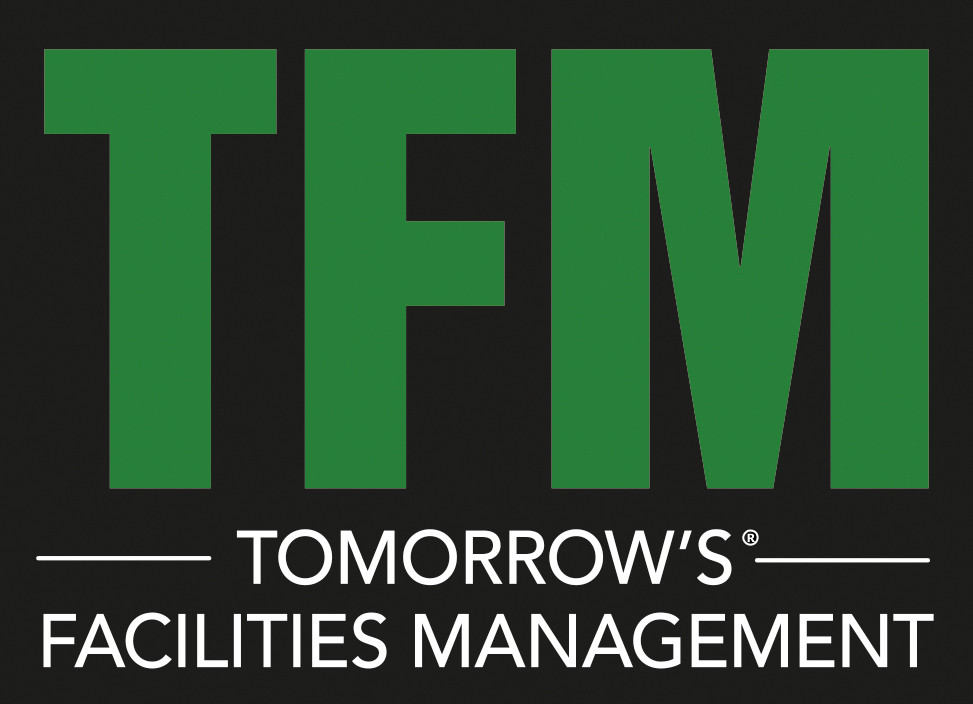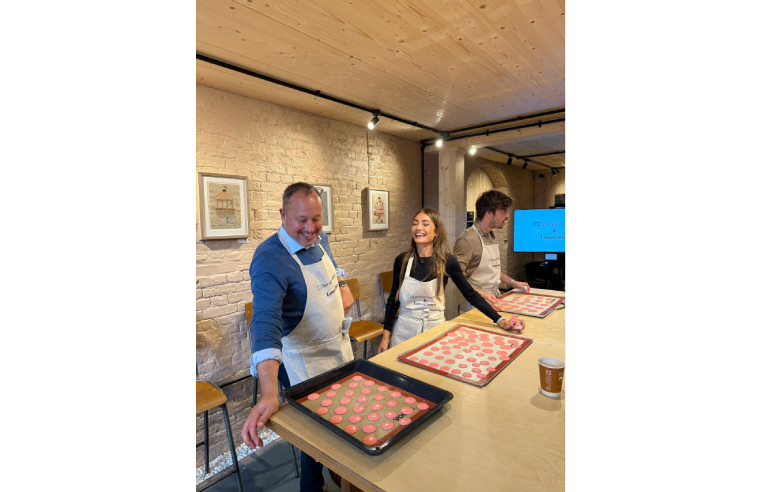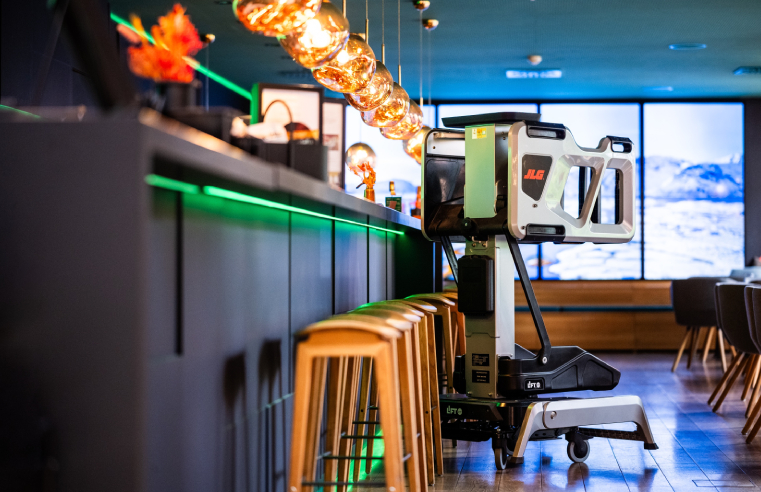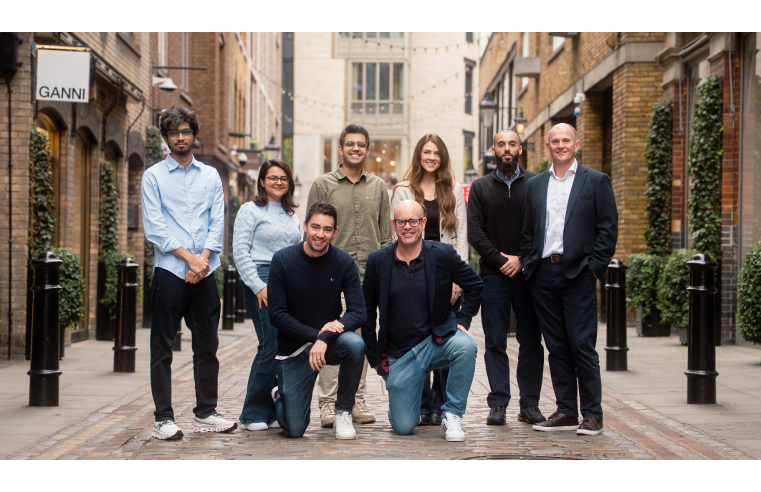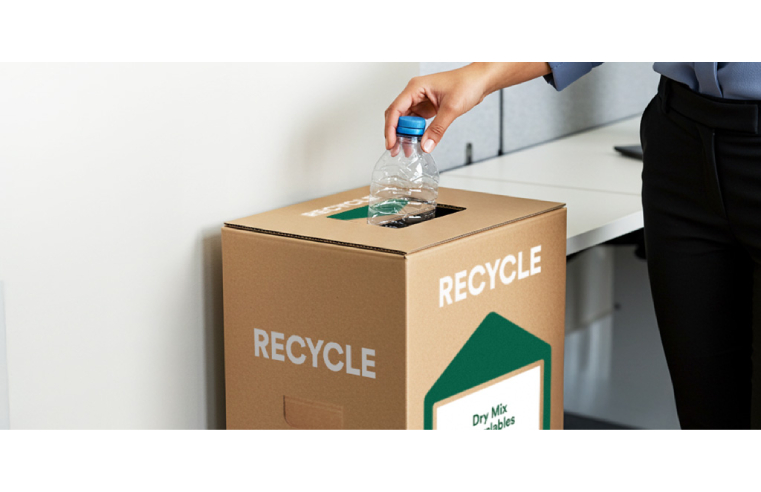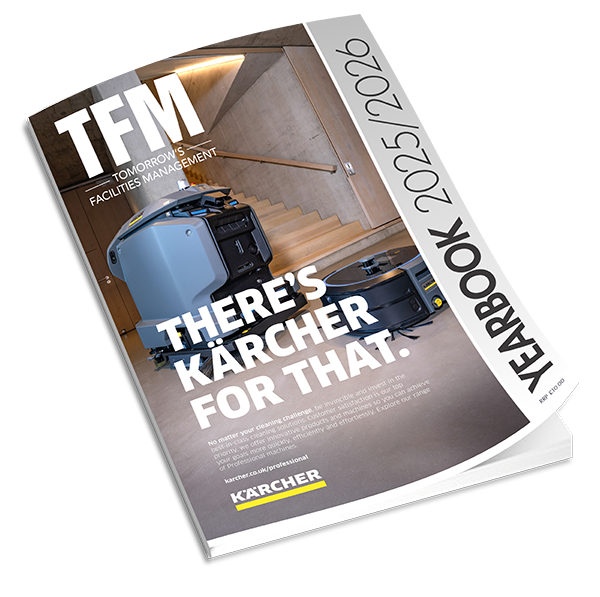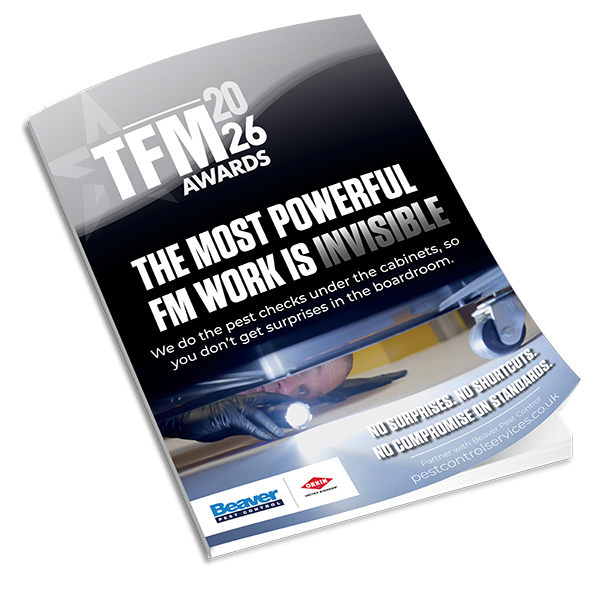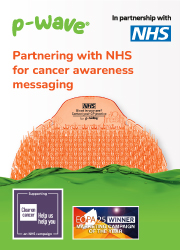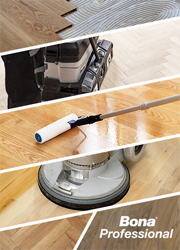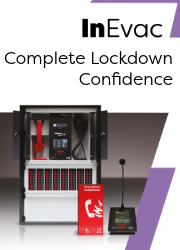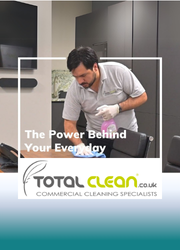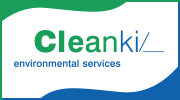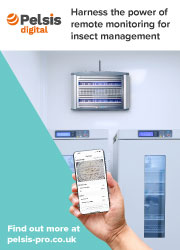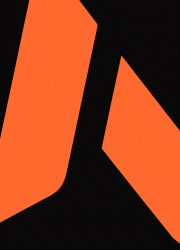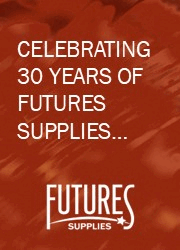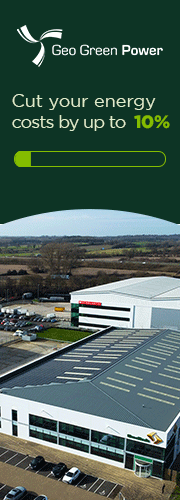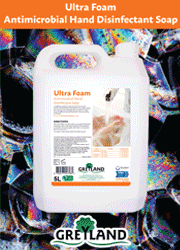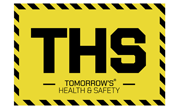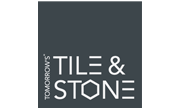James Burton, Sales Manager at specialist coating manufacturer Bradite, advises on what to consider when refurbishing commercial and industrial cladding.
Cladding - the profiled exterior and predominately metal finish to industrial and commercial buildings, is mostly coated in the production process which gives it a life of approximately 20 years before it starts to discolour. Both flexible and adaptable, it can be over-painted at any point during its lifetime, the process normally being relatively quick with minimal disruption.
Suitable surfaces
Most of the commonly encountered external cladding on buildings can be over coated using Bradite One Can which is both primer and finish, with excellent adhesion and anti-corrosive properties. Steel and non-ferrous metals must be properly prepared and primed while wood, fibreglass, concrete and mineral substrates should be free of contamination, dust and efflorescence. Suitable existing epoxy and polyurethane coatings should be cleaned and abraded as necessary.
Most external cladding will last for a period of between 10 and 20 years before any maintenance is needed. The deterioration is usually gradual and will move from simple chalking or colour fading, to failure of the coating. This is followed by corrosion of the protective zinc or aluminium alloy under the decorative coating and finally by failure of the steel substrate itself. When the steel substrate itself has failed, it is usually by perforation or excessive steel thinning by corrosion. This is when the cladding needs to be replaced.
Up until the corrosion and failure of the steel substrate itself, Bradite’s One Can can be successfully used to upgrade the cladding and extend its life by up to 10 years.
Bradite One Can is a cross linking, anti corrosive water thinned coating that’s easy to apply and can offer a 10-year maintenance cycle. Full BS 4800, RAL and NCS Colours are available, while specific corporate colours can be achieved by using Bradite’s extensive colour mixing database and can match specific corporate colours.
Atmospheric exposure conditions
In an industrial environment, corrosion is mainly caused by a high level of airborne sulphur dioxide or other pollution from industrial and domestic processes combined with high moisture levels.
In a Marine environment, corrosion is mainly caused by a high level of salt, carried as salt spray and combined with high moisture levels. Salt spray can be carried up to three kilometres inland depending on the prevailing winds.
One Can has proven excellent performance in both of these exposure conditions.
Specification
It is essential to ascertain that current cladding coating still has good adhesion, before over coating. This can be checked by carrying out a cross hatch adhesion test on a sufficient number of elevations (differently exposed elevations may give different results). Where the adhesion is insufficient, the elevation should be completely stripped of old coating, before applying three coats of Bradite One Can, intact areas will only require two full coats, with recoat possible after one hour projects can be completed in shorter time making use of weather conditions and meaning less downtime and more profit.
Preparation
As in any decorating project, good preparation is the key to a successful finish. Bradite recommends high pressure water cleaning to remove all loose and flaking paint, salts and other contaminants. A detergent like Bradite TD39 should be used combined with scrubbing and high-pressure water cleaning to remove any oil contamination not removed by high pressure cleaning alone. Rusted and damaged areas should be mechanically or manually prepared to SIS St 3, clean metallic appearance with little or no rust present.
An intact area of galvanised steel or aluminium substrate should be primed with a first coat Bradite One Can. Care must be taken to ensure that the minimum thickness given in the available data sheets is achieved on the edges of the cladding profile as well as the flat surfaces. It is advised that application by brush and roller may not achieve the required dry film thickness and may then require extra coats.
Application of the surface coating should always be avoided under adverse weather conditions and in particular, low temperatures. Rain on the surface shortly after application can affect the final appearance. Application should also be avoided in areas exposed to direct sunlight as this may accelerate the drying and affect the application.
Additional preparation and procedures
The life of all protective systems can be prolonged by ensuring that the dry film thickness of the paint system on all welds, sharp edges, bolts, nuts and other fixings is at the correct level. This can be achieved by giving extra stripe coats of each coat to more sensitive areas.
For improved performance, all welds and sharp edges should be mechanically ground to a radius of 2mm or more and all pittings filled by welding or with the use of a suitable filler.



